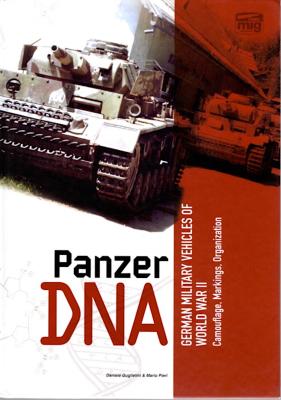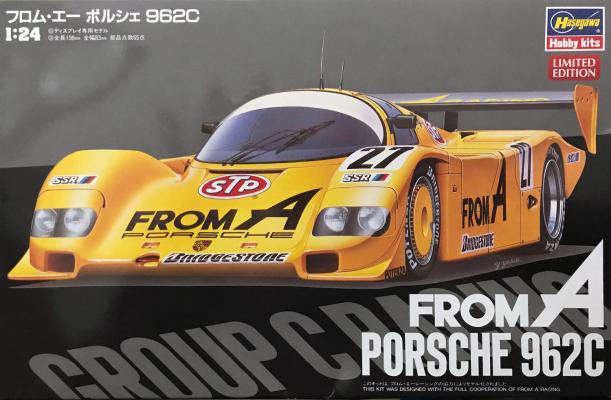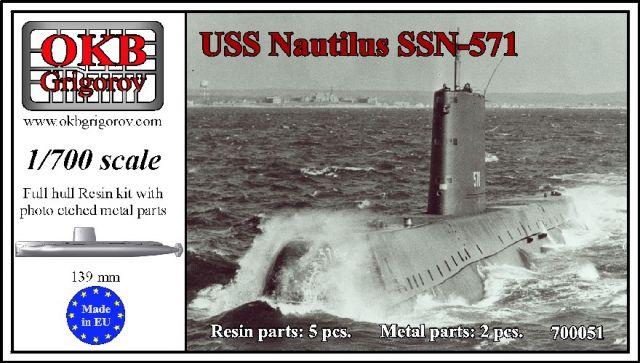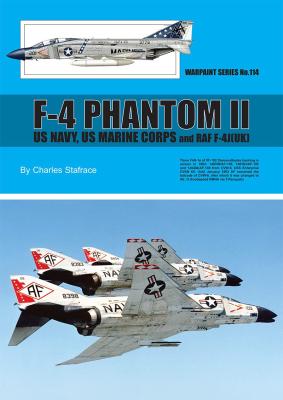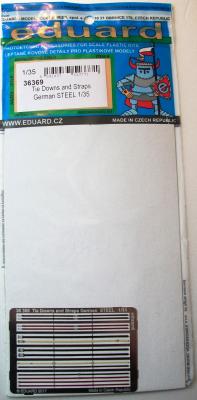This book, published by AMMO by Mig Jimenez SL, is a guide to the subject of colors and markings of German military vehicles and units. The books stated attempt is to bring order to the complex and partly unknown topics, and to provide clarity to all of the information available on the Internet. The book is divided into chapters that deal with the main themes separately
Chapter 1: The Ballenkreuz
Describes the beginnings, evolution, implementation, and use of the straight-armed cross used on almost all German vehicles. Colored illustrations of variations in the cross and black & white photographs are used to illustrate examples.
Chapter 2: Composition of Military Units
Explains the tactical symbols and hierarchy of military units. A color chart illustrates the Waffenfarbe (arm colors) used to differentiate troops.











